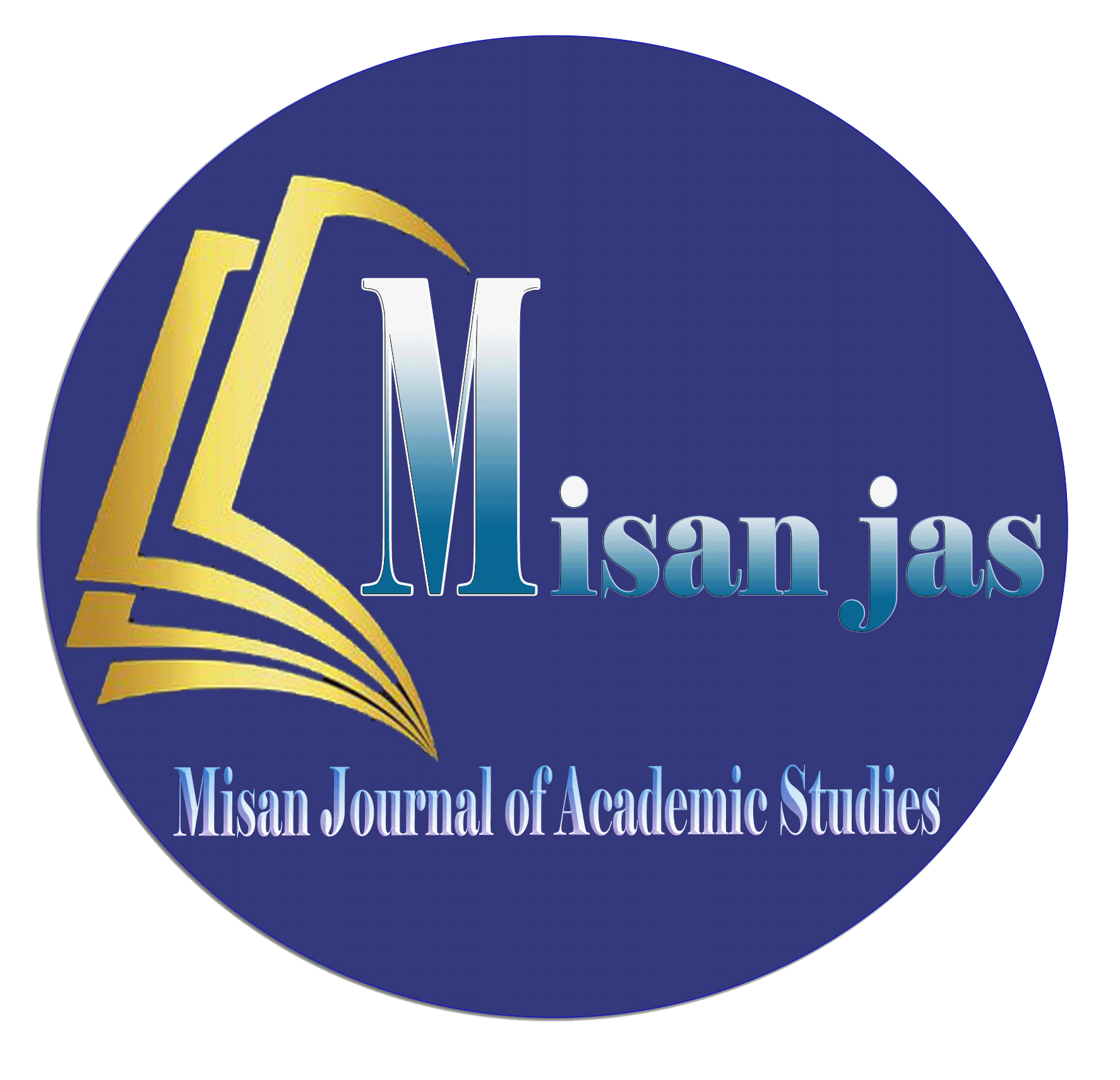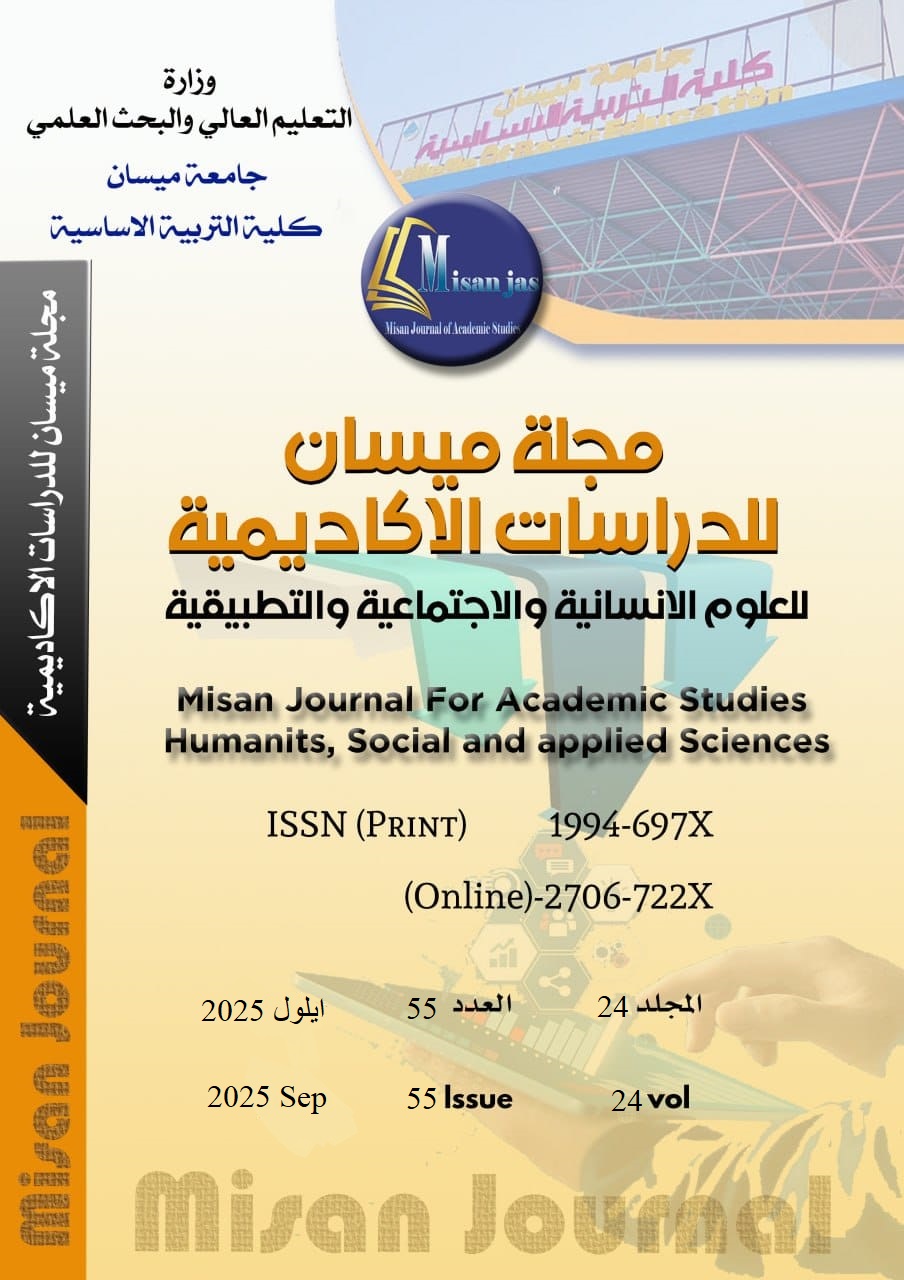Translating voices from the Tigris: The American Granddaughter as a case study
Abstract
This study attempts to explore and analyze the image schemas in Kachachi’s translated novel, The American Granddaughter, and how they foster geopolitical worldviews by employing conceptual structures working as image schemas that establish specific mental models in collective audiences upon perception. Therefore, this study applies the cognitive linguistic approach to explore and investigate those image schemas. Along with image schemas, mental models are based on individuals’ embodied experiences and interaction with the physical world, be they kinesthetic or spatial. Therefore, image schemas represent an integral part of experience-based gestalt that governs the internal structure and formation of cognitive mental models. In other words, individuals draw upon image schemas as building blocks to the mental models they create about the world. The overlapping relationship between image schemas and mental models underpins the interrelationship between high-order cognitive processes and our encounter with everyday life experiences.
Downloads
Copyright (c) 2025 (Humanities, social and applied sciences) Misan Journal of Academic Studies

This work is licensed under a Creative Commons Attribution-NonCommercial-NoDerivatives 4.0 International License.
The copyright is also the copyright of the magazine only.
All articles published in our magazine are subject to license terms
Creative Commons Attribution(CC BY-NC-ND 4.0) This license permits the content to be reproduced, redistributed and reused in whole or in part for any purpose free of charge, without any permission from the author(s), researcher or student.
Works submitted to Maysan Journal of Academic Studies for publication in the journal (CC BY-NC-ND 4.0) license terms. Where available content can be shared, distributed and replicated provided there is no commercial profit and appropriate credit must be given to the original source through sources or citations. It is mandatory to review any material used from other sources including shapes, tables, and images for re-use under the terms of the Creative Commons License (CC BY-NC-ND 4.0).Provided that there is no modification to the original content



